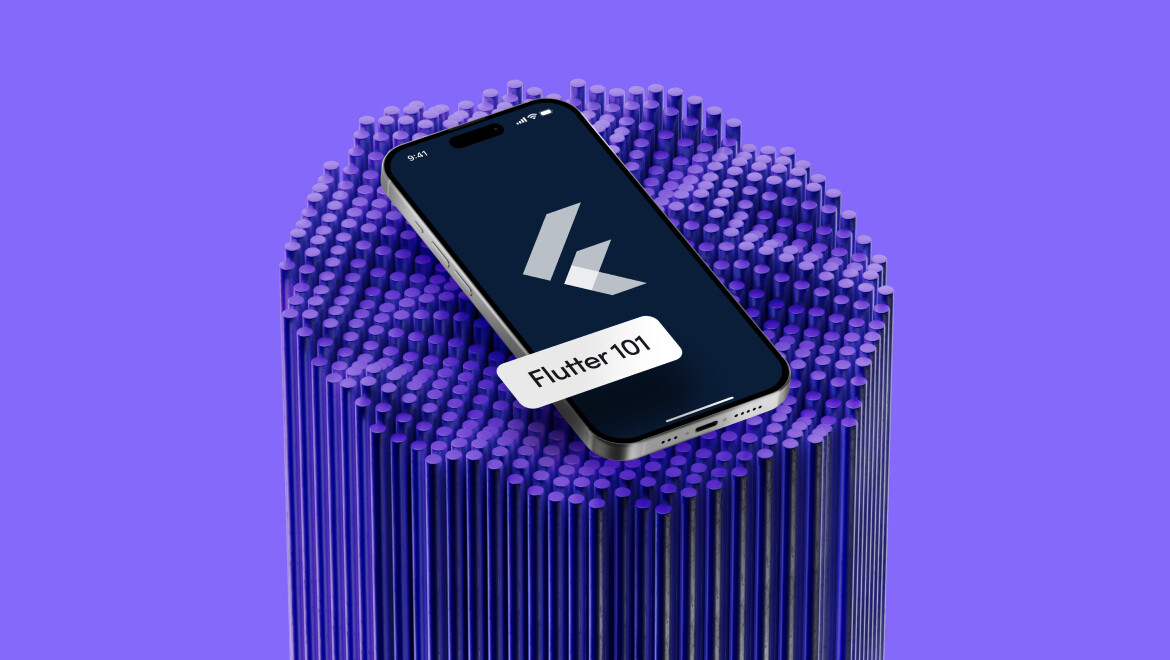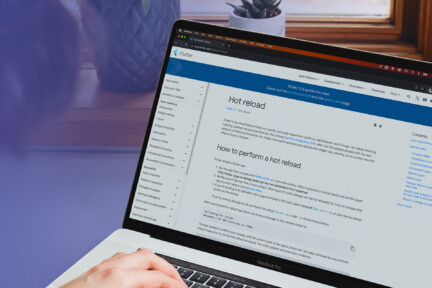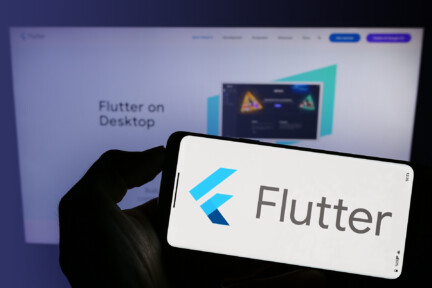- Home
- Flutter 101
- Routing in Flutter


Routing in Flutter
Routing in Flutter
What is Routing in Flutter?
In Flutter, routing is the process of defining how a user navigates between different screens or pages within an app. It allows developers to create a seamless flow of transitions and manage the app’s navigation efficiently. Routing is a key component of any Flutter solution, as it dictates how users interact with different parts of the app, making it crucial for both user experience and app structure.
Flutter provides two main approaches to implement routing: Declarative Routing and Imperative Routing.
- Declarative Routing is often used with the Navigator 2.0 API. This method is more flexible and suitable for larger applications where developers need greater control over routes, such as dynamic routing, deep linking, or managing complex navigation stacks.
- Imperative Routing uses the Navigator 1.0 API and is more straightforward, making it ideal for simple apps. Developers define routes in a centralized place and manage them through functions like push(), pop(), and pushReplacement().
Flutter’s routing system uses Route objects to define the pages. These routes can either be named routes or directly passed via MaterialPageRoute or CupertinoPageRoute, depending on whether the app follows Material Design or iOS design guidelines. Named routes provide a clean and manageable way to handle navigation, particularly in larger apps where the same route might be accessed from different parts of the app.
Practical Uses of Routing in Flutter:
- Basic Navigation: Moving from one screen to another, such as a login screen to a home screen, or from a product list to a detailed product view.
- Managing Navigation State: Keeping track of the user’s position within the app (e.g., when handling back-button behavior or deep linking).
- Animation and Page Transitions: Routing in Flutter allows developers to customize how pages appear and disappear, enhancing the user experience design with smooth transitions.
Flutter routing also integrates with external platforms, such as the web, to allow URL-based navigation, which is essential for web apps built with Flutter.
In summary, understanding what routing in Flutter is and how to implement it is vital for creating intuitive, scalable, and performant apps. By choosing the appropriate routing strategy and API, developers can ensure smooth navigation experiences tailored to their app’s complexity and needs.
Ready to discover more terms?





